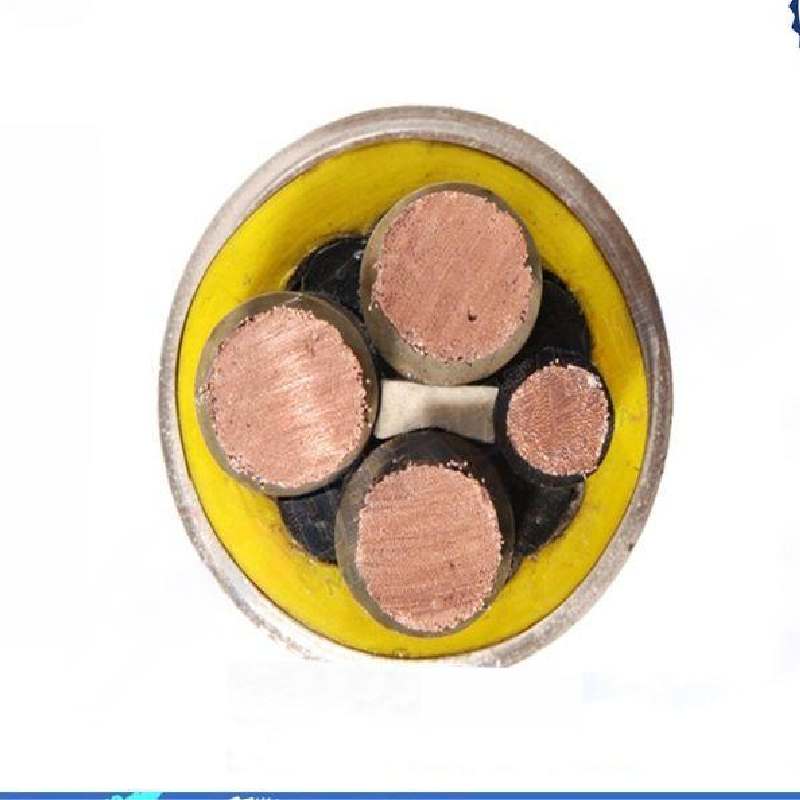Nov . 11, 2024 05:07 Back to list
Key Features and Benefits of Industrial Check Valves for Efficient Fluid Control
Understanding Industrial Check Valves Function, Types, and Applications
Check valves, also known as non-return valves or one-way valves, are critical components used in various industrial applications. Their primary function is to prevent backflow in a system, ensuring that fluids (liquids and gases) flow in one direction only. This is essential for maintaining system efficiency, protecting equipment, and ensuring safety within industrial processes.
How Check Valves Work
The basic operation of a check valve is straightforward. It comprises two ports—an inlet and an outlet—and a mechanism that automatically permits fluid flow in one direction while blocking reverse flow. The most common mechanisms used in check valves include swing, lift, and ball types.
- Swing Check Valve This type operates with a disc that pivots on a hinge. When fluid flows in the direction of the outlet, the disc swings open, allowing passage. If there is reverse flow, the disc closes due to gravity or the back pressure of the fluid, preventing backflow.
- Lift Check Valve In this configuration, a disc or ball moves vertically within the valve body. Similar to the swing check valve, it opens with forward flow and closes off reverse flow. Lift check valves are often used in systems where space is limited due to their compact design.
- Ball Check Valve This features a movable ball that sits at the base of the valve seat. When fluid flows in the correct direction, the ball rises, allowing flow. If backflow occurs, the ball is pushed against the seat, creating a seal.
Types of Check Valves
Check valves can be classified based on their construction and the mechanism used. The common types include
1. Spring-loaded Check Valves These valves use a spring to maintain closure against backflow, providing a reliable seal even under low-pressure conditions.
2. Piston Check Valves Utilizing a piston mechanism, these valves are effective in high-pressure applications where a tight seal is necessary.
industrial check valve

3. Duckbill Check Valves Named for their design, these valves consist of a flexible elastomer that allows fluid to flow through, but closes to prevent backflow. They are often used in waste management systems.
4. Wafer Check Valves These compact valves are placed between flanges, saving space and reducing weight in piping systems.
Applications of Check Valves
Check valves are widely utilized across various industries, including
- Water and Wastewater Treatment They prevent backflow that can contaminate clean water supplies or reintroduce pollutants into treatment systems.
- Oil and Gas In pipelines, check valves are essential for maintaining pressure and preventing backflow, ensuring safe and efficient transport of hydrocarbons.
- Power Generation Thermal and hydropower plants use check valves to manage steam and water flow, preventing reverse flow that can damage equipment.
- Chemical Processing In chemical plants, check valves safeguard against backflow that could cause hazardous reactions or spills.
Conclusion
In summary, industrial check valves are pivotal components that play a crucial role in fluid management systems. Their ability to prevent backflow protects machinery, ensures system integrity, and enhances safety across numerous applications. With a variety of types available, industries can select the appropriate check valve based on specific requirements, such as pressure, flow direction, and space constraints. Understanding the function and application of check valves is essential for optimizing industrial processes and maintaining operational efficiency.
Share
-
Reliable Wafer Type Butterfly Valves for Every IndustryNewsJul.25,2025
-
Reliable Flow Control Begins with the Right Ball Check ValveNewsJul.25,2025
-
Precision Flow Control Starts with Quality ValvesNewsJul.25,2025
-
Industrial Flow Control ReliabilityNewsJul.25,2025
-
Engineered for Efficiency Gate Valves That Power Industrial PerformanceNewsJul.25,2025
-
Empowering Infrastructure Through Quality ManufacturingNewsJul.25,2025